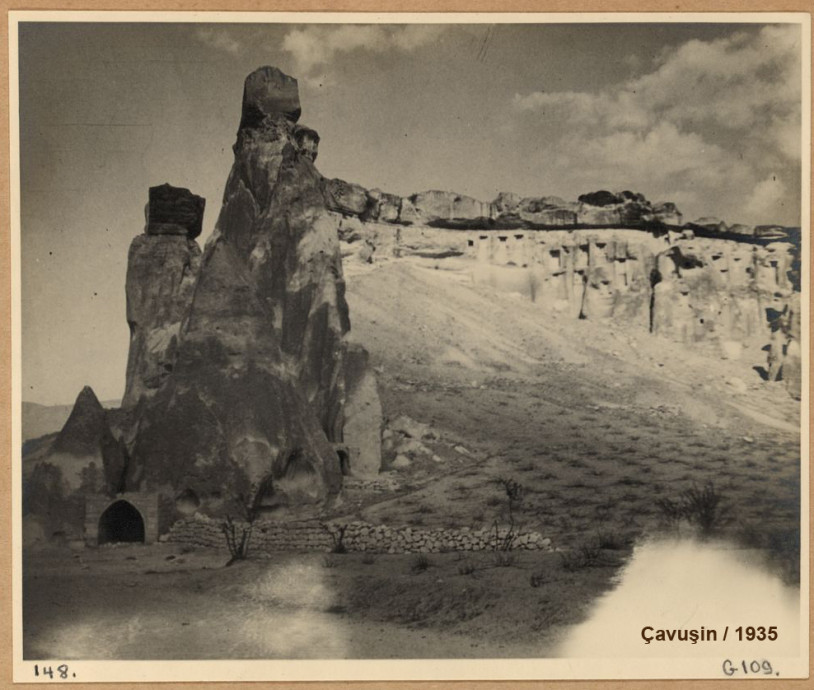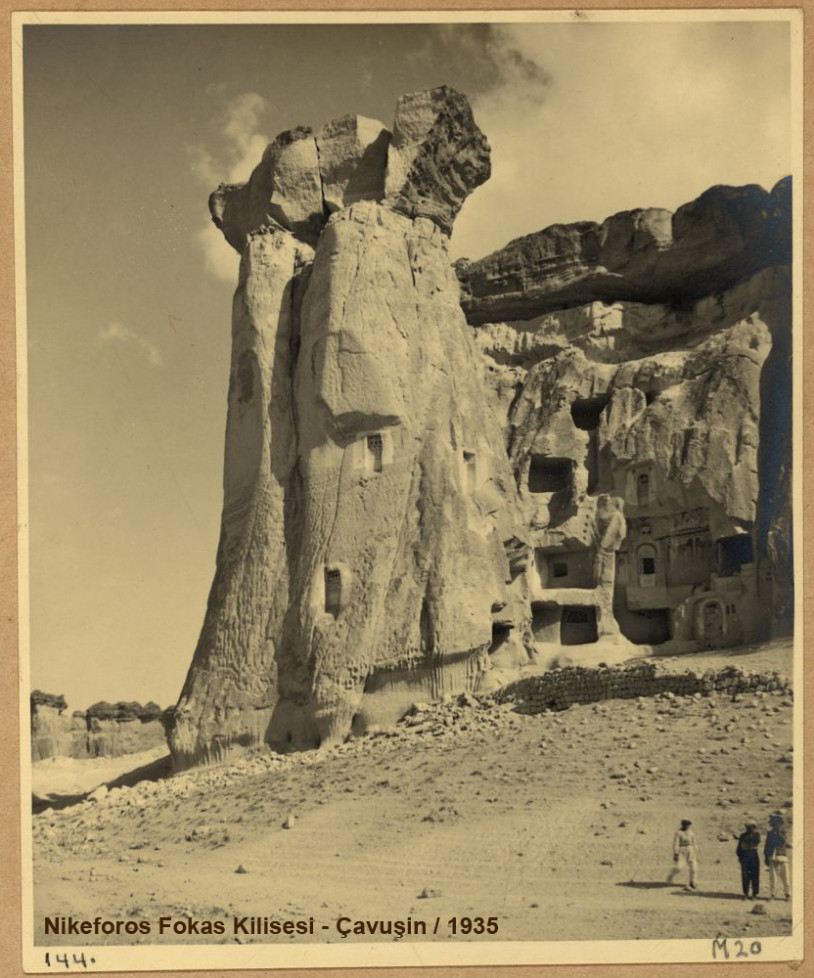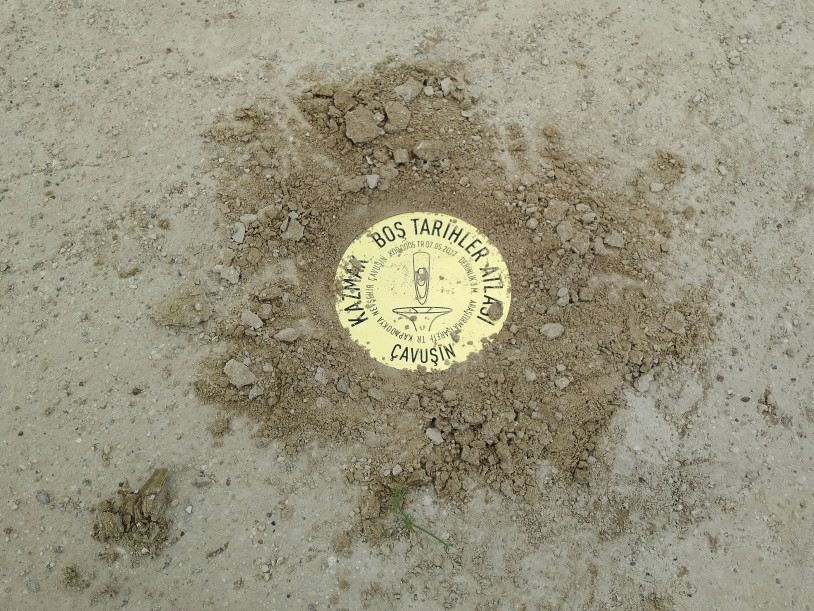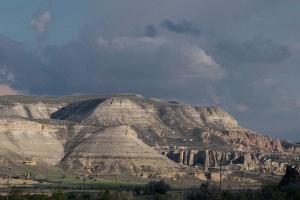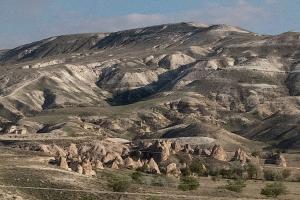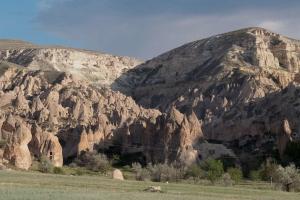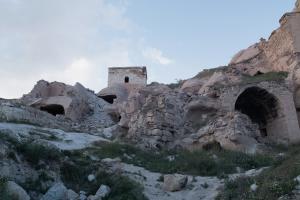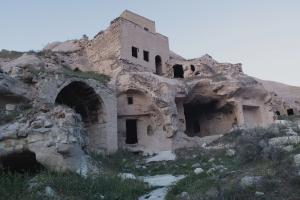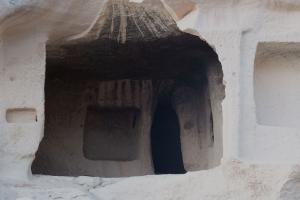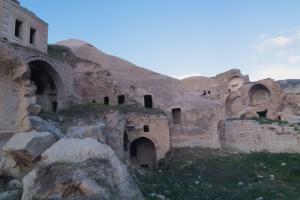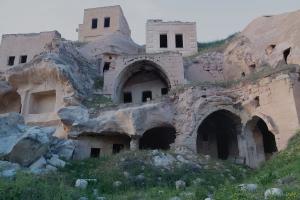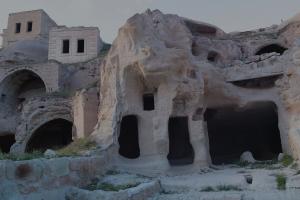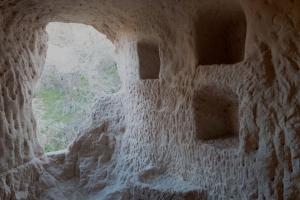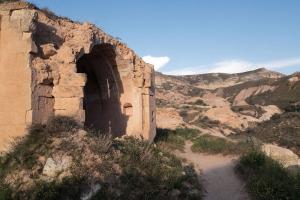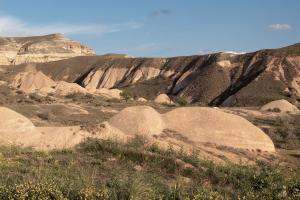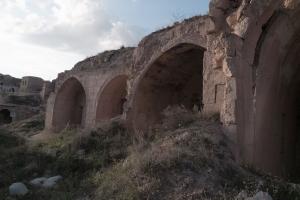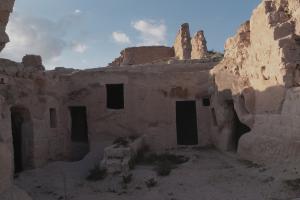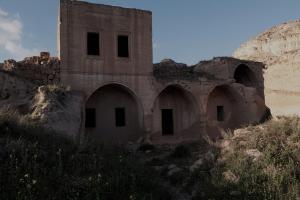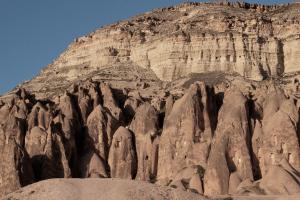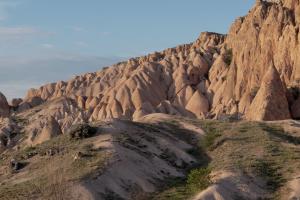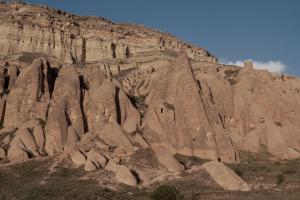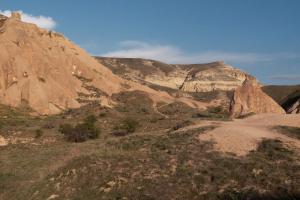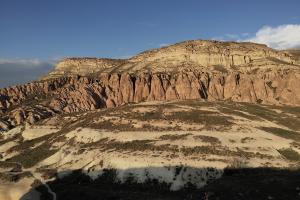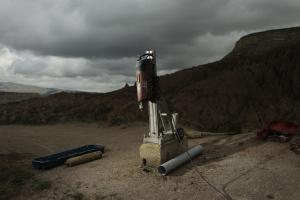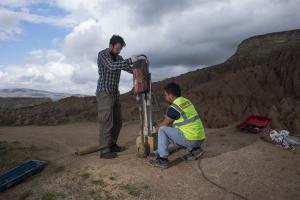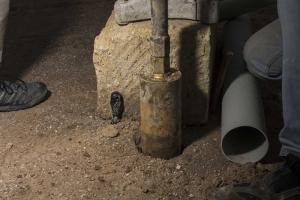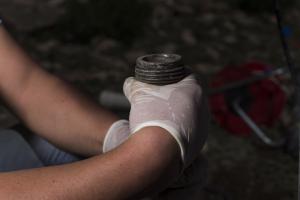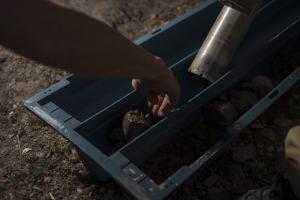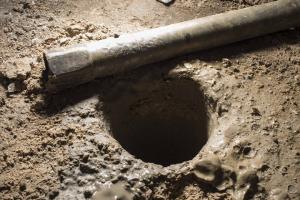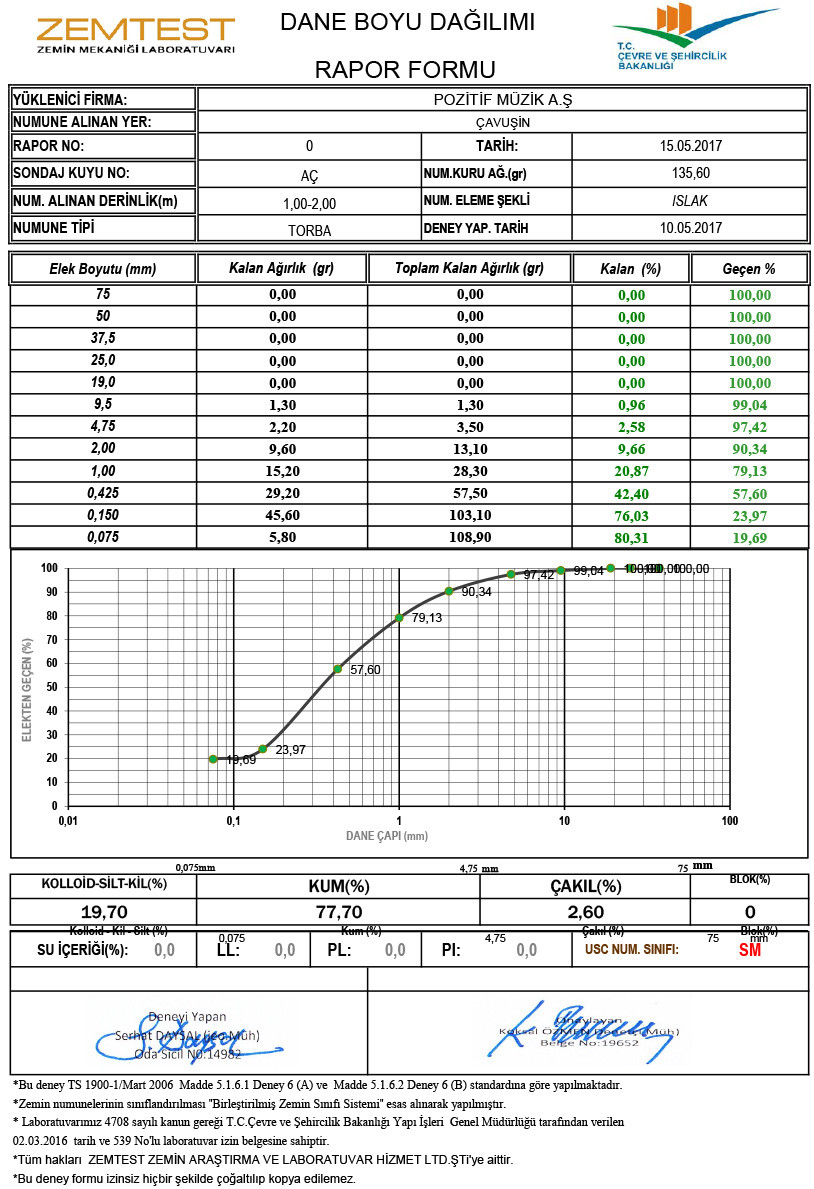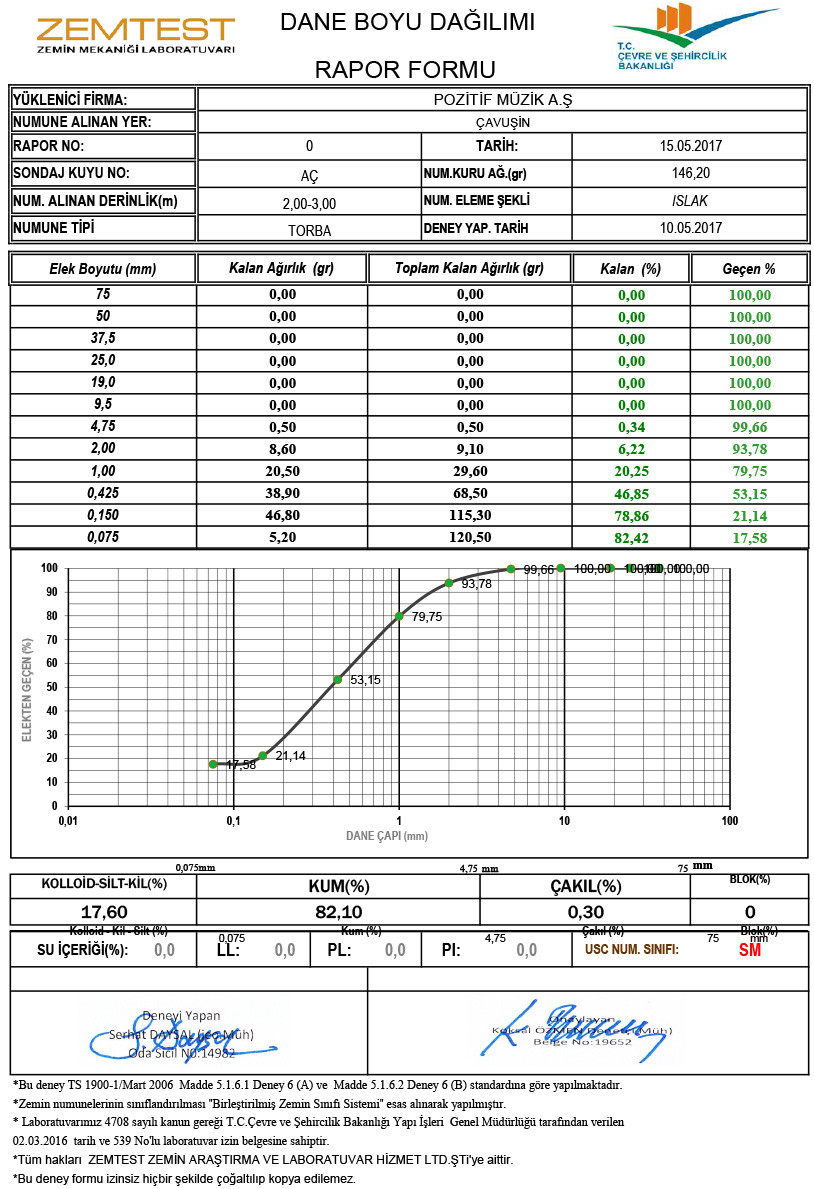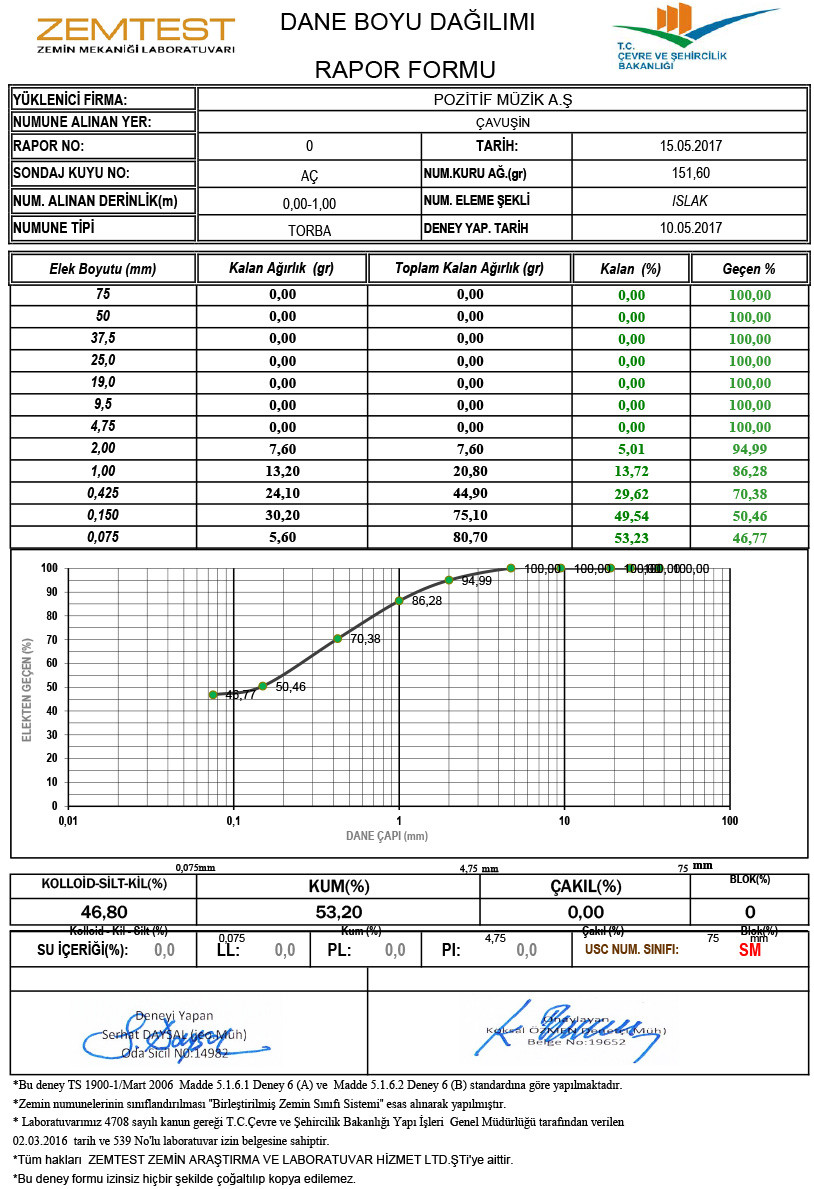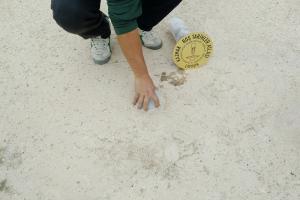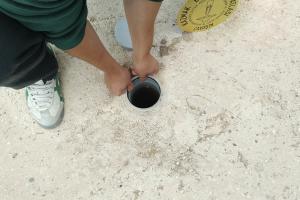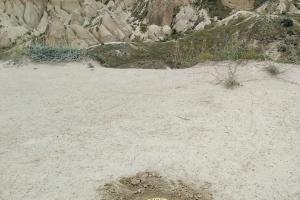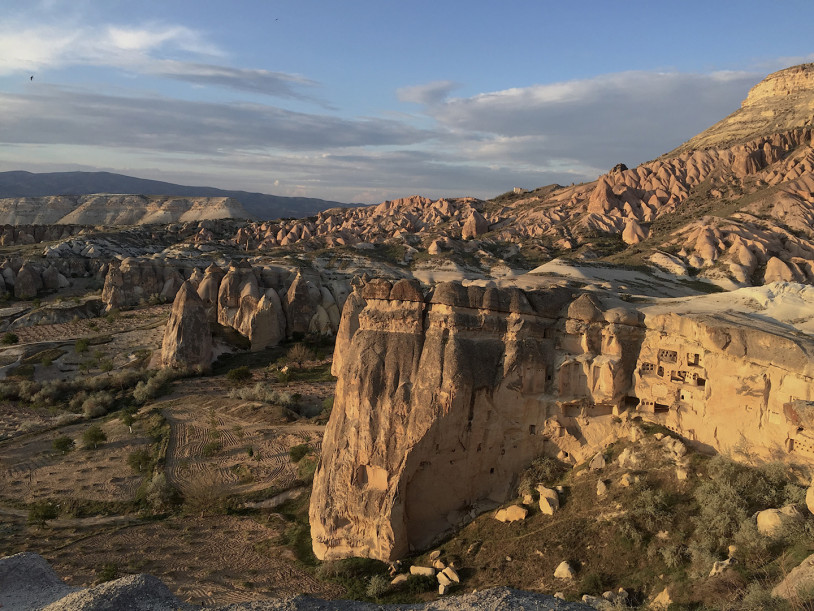
ST. HIERON IN ÇAVUŞIN
Anatolia, (modern day Turkey) accompanied the birth of a religion that affected the peoples of the whole world. Understanding the interactions, continuity, and transformations of cultural and religious phenomena in Anatolia is possible by understanding the hidden prayers, pains and wishes in the stories of the people of those times. This land has sheltered the followers of Christ since the first century, been home to many saints, witnessed the selection of the bibles and kept up hope -in old buildings- despite persecutions to current day.
Christianity which emerged in the years when Rome turned into a pagan empire, kept its existence under the pressure of this great power and even continued to spread. Historians Cline and Graham explain Rome’s oppressive attitude towards Christians as follows: “In fact Christianity posed important problems to the social order in Rome and this was the reason for the oppression”.
In addition to this the increase in Christian population and Christianity seeping into the imperial court caused the oppression to increase as well. Nonetheless this religion which promised happiness in the afterlife and preached of tolerating the hardships in this life was spreading rapidly especially in the lower classes which were in charge of services. The political instability and economical disorders at the end of 200’s and beginning of 300’s made it easier for Christianity to spread and this ended in persecutions. Christians saw the last persecution from the emperor Diocletian. (AD. 284-305)
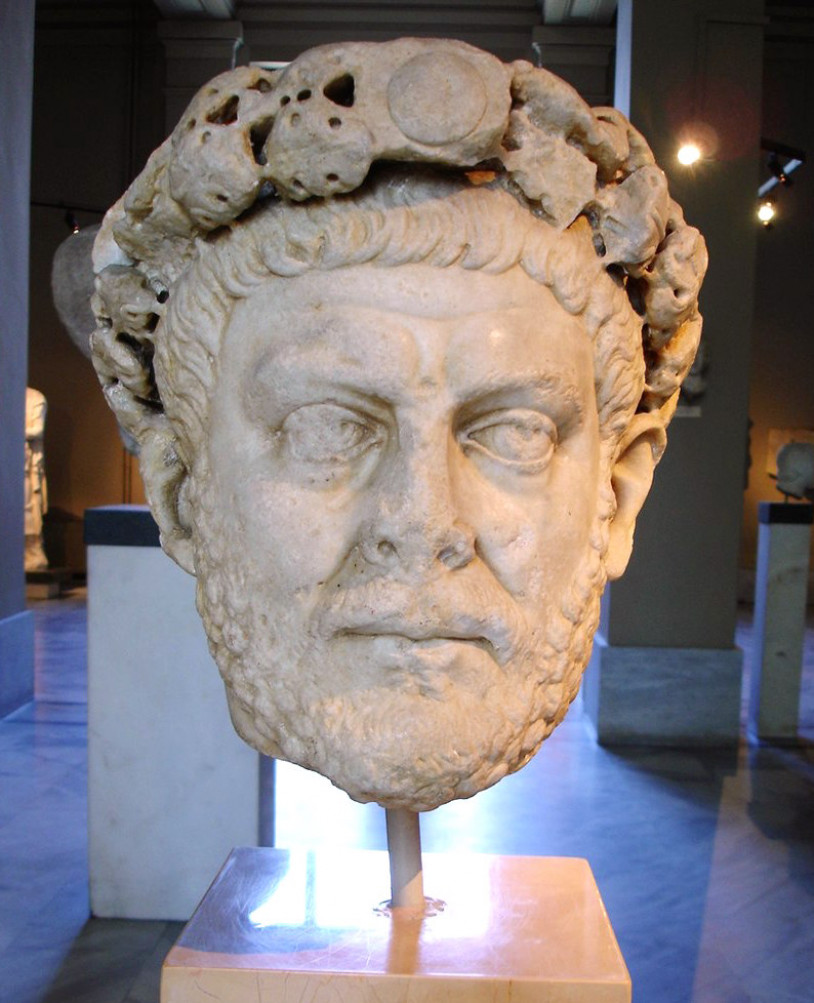
Istanbul - Archaeological Museum - Statue head of the Roman emperor Diocletian, 284-305 AD.
The events of this period got pictured in Cappadocia. Martyrs were blessed and immortalized on the church walls. “Martyr worship was accepted and practiced by the church starting from the end of II. century. Some bishops saw in this excessive worship a danger of a relapse of paganism. Indeed, there is a continuity between the pagan burial rites and Christian worship of the dead. The feasts given on the burial day and every anniversary of the death are some examples to those. What is more, martyr worship includes new elements unknown to non-Christian societies. Martyrs ascended humanity in sacrificing themselves for Christ and they were present both in heavens in the presence of God and here on earth. Their relics held the sacred, could create miracles and could provide exciting healings. (Mircea Eliade; History of Religious Ideas, Volume 3: From Muhammad to the Age of Reforms;2003, P:63,64)
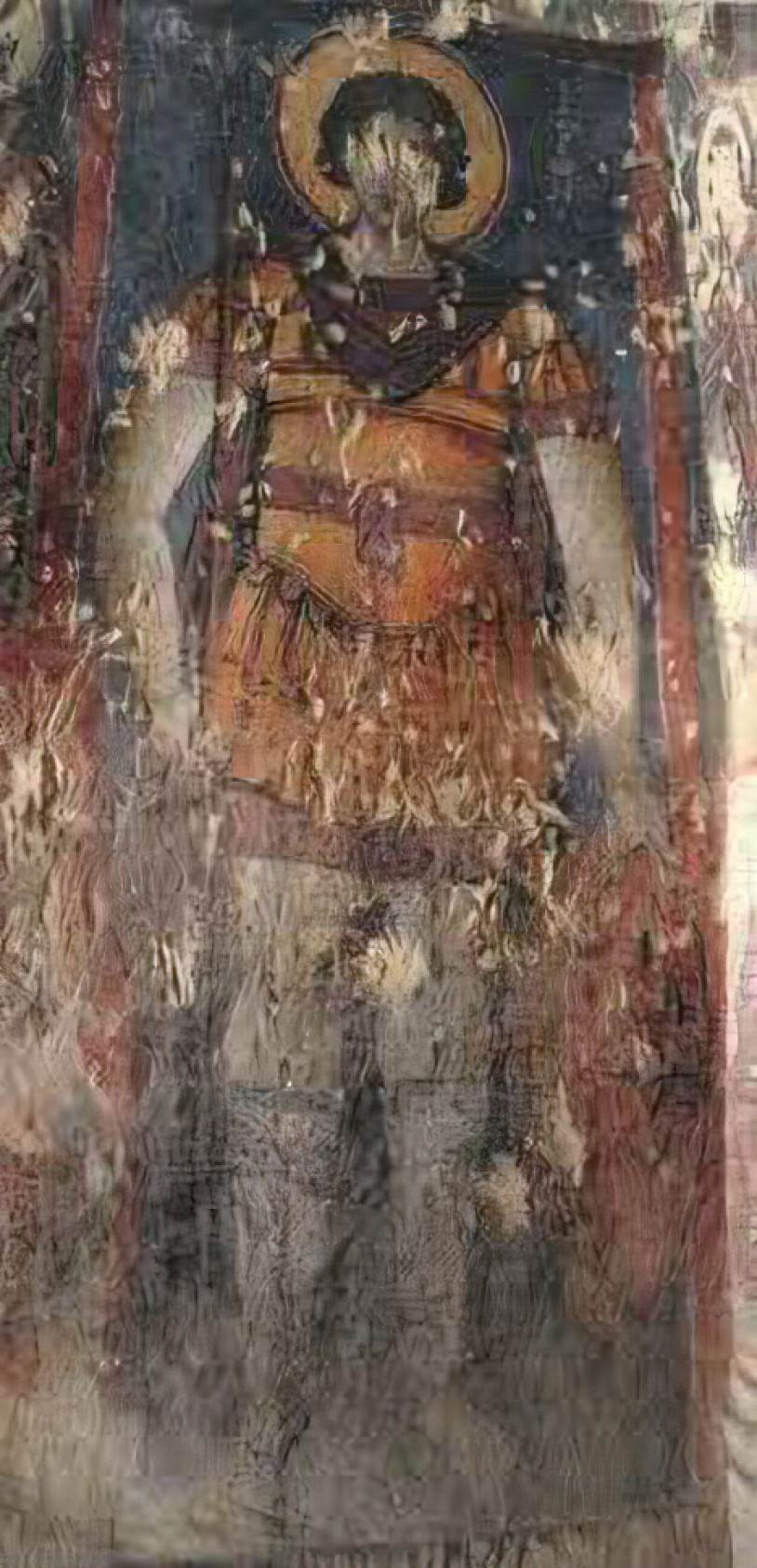
Depiction of the martyr Hieron, preserved in Tokalı Church in Göreme. Hieron was a vineyard owner and military conscript from Cappadocia Secunda, who sought refuge under Diocletian and Maximian in a cave at Göreme.
The importance of martyrs in social life shows itself in the depiction of St Hieron in Tokalı church/Göreme, which was painted, contrary to the rules, larger and more striking even than Jesus. Gaetano Arena’s article in the book “Martyrs, Monks and heretics in Cappadocia” helps us visualize the life of the saint along with the realities of the era:
“Diolectian and Maximian started to conscript the Christians in Anatolia to reinforce the military after the heavy defeat against the Persian in 296. (Probably the Galerius disaster) Able bodied man who could wield a weapon leave the city after hearing the approach of the soldiers. But the soldiers find the vineyard-keeper Hieron who was a strong man and they force him to join the army. Hieron defends himself and takes refuge in a well-protected cave in Cappadocia but eventually he must surrender along with a few comrades, three of which are his relatives. During a journey they are made to make by the soldiers an angel clad in white informs him that he will become a martyr for his faith. Following that Hieron and his friends decide not to join a pagan sacrifice ritual planned for the next day which all newcomers have to join. This decision leads to them being, threatened, beaten and tortured. Hieron holds his faith, but his relative Victor submits and buys his freedom in exchange for his land in Korama village. When a soldier asked him where he is from Hieron answered “he was a native of a village of Cappadocia Secunda called [Μα]τιανή*. Hieron, however, underwent a quite different fate: before being decapitated together with his companions, his right hand was cut off for having frustrated the Roman soldiers. In the will which the saint dictated to his grandsons, Antonius and Matronianus, he left a vineyard located near Pedesia (Πεδησία) to his sister Theotima, mentioned his brother Cyriacus and above all made known that his hand was to be kept as a relic in a resting place situated in the place called Kodessane where there appears to have been a country house, a παράδεισος or leisure garden, and an orchard probably belonging to ‘the most distinguished Rusticius, governor of the city of Ancyra’. Hieron, finally, charged his two relatives to testify as witnesses to the will’s validity in the presence of the inhabitants of Matiane and Korama. Catherine Jolivet- Lévy has identified Kodessane as a site located about a kilometer north of Göreme itself, modern Çavuşin , where she suggests that the martyrial church dedicated to St John the Baptist in fact preserved a relic of Hieron in a niche carved into the apse. Çavuşin means in Turkish ‘(the cave) of the sergeant’ but echoes phonetically the ancient toponym Καδεσάνη/Κοδεσσάνη. Nicole Thierry has pothesized that the passion was composed almost at the same time as the building of the church at Çavuşin at the end of the fifth or the beginning of the sixth century.”
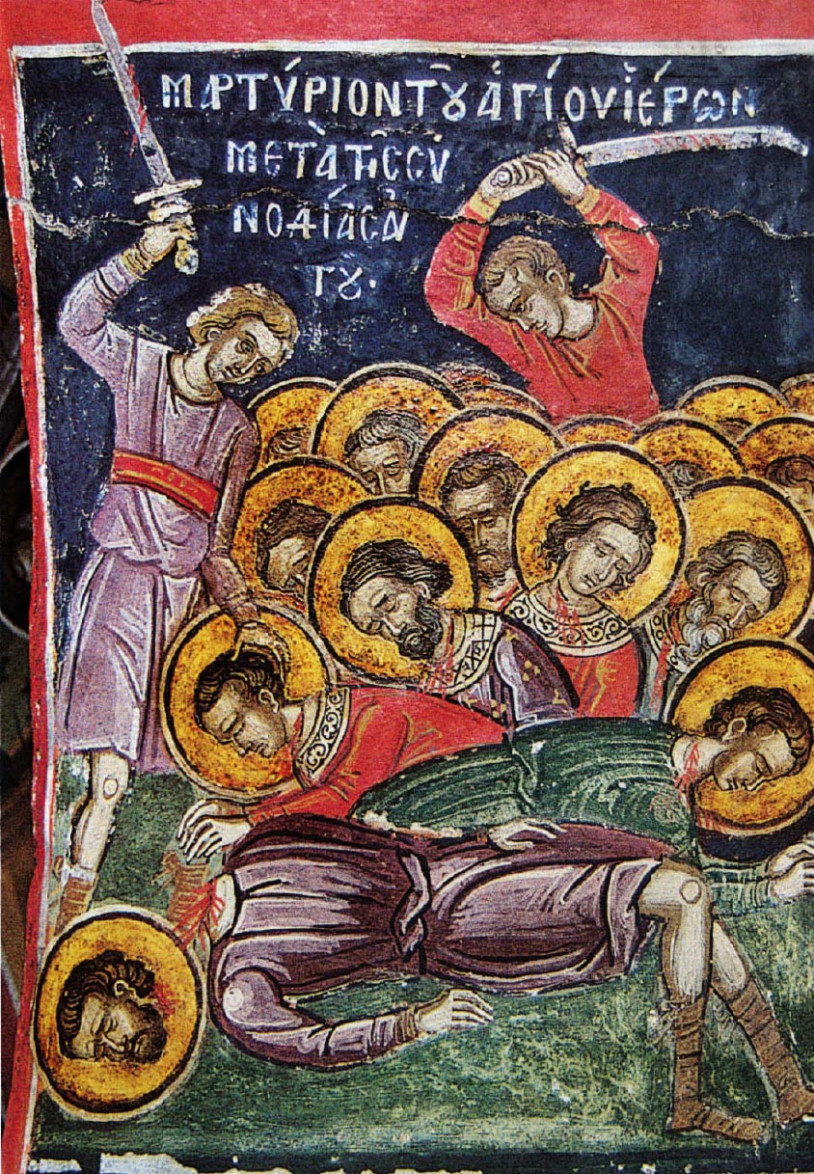
Depiction of Hieron and the 33 martyrs of Melitene, 3rd century.
It is accepted that Hieron and his friends were martyred in Malatya. It is also rumored that a wealthy christian by the name of Chrysanthos bought the holy head of Hieron paying a ransom to commander Lyzias and had a church built where the soldiers were killed, to keep the head in. St Hieron is the patron saint of farmers especially winegrowers.And his mother's name, Maccan, is known as the Early Christian name of Göreme town. The cult of relics, an impressive example of which we have seen in St. John's Church/Çavuşin, from the end of the fourth to the sixth century- spread everywhere in the western Empire. During the reign of the first Carolingians (740-840), a great number of Roman saints and martyrs were transported into the West. Around the end of the ninth century, it was presumed that all the churches possessed (or ought to possess) relics.1
(1)Cf. Patrick J. Geary, "The Ninth Century Relic Trade," pp. l04ff. The Popes willingly accepted these transfers, for the Roman relics heightened the prestige of Rome as the capital of the Empire and the center of Christianity. (Mircea Eliade; History of Religious Ideas, Volume 3: From Muhammad to the Age of Reforms;2003, P:64,65)
